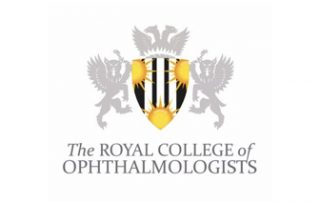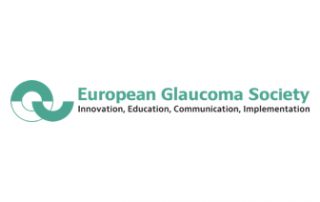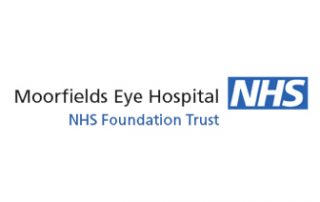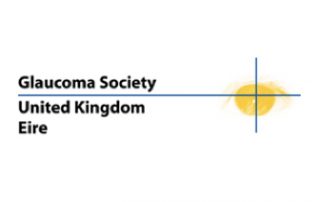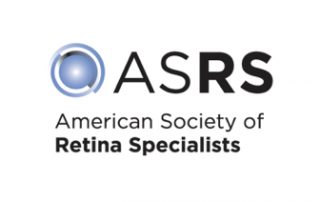Are you over 40 and haven’t had a comprehensive eye check done in the last year? A VisionSafe Eye Check can spot signs of macular degeneration so you can get treatment
Age-Related Macular Degeneration
Age-related macular degeneration (AMD) is a condition which affects people as they get into their 50s or older. There are early forms of AMD which may not cause vision loss or other symptoms but may be noted at a routine visit to a High Street Optician. There are more advanced forms which can cause vision loss and need further investigation to help find out if treatment is needed or possible.
Dry AMD is the name given to the type of AMD in which waste material builds up underneath the retina and can lead to problems in the function of light sensitive cells. In advanced cases of dry AMD (sometimes called atrophic AMD or geographic atrophy), there is thinning of the retina with loss of the health light detecting cells (photoreceptors) and other cells necessary for clear vision (the retinal pigment epithelium). Recent research has shown that the blood rich layer which nourishes the light-sensitive cells of the retina may also be thinned in advanced dry AMD. New treatments are currently being tested in research trials in the UK and other countries.
Wet AMD (also called exudative or neovascular AMD) is associated with growth of fragile blood vessels into and below the retina (choroidal neovascularisation). These blood vessels leak and bleed leading to rapid loss of vision or symptoms of distortion in patients. It is important to understand that AMD can be a progressive condition and the underlying process is one of dry AMD which can worsen from early to late or advanced forms of the disease leading to loss of light detecting cells . At any stage along the path of progression from early to late dry AMD, bloodvessel leak (wet AMD) can occur leading to more rapid loss of vision or other symptoms such as distortion.

What causes Age-Related Macular Degeneration?
The biggest risk factor for AMD is age. Smoking is also a risk factor for the development of AMD. There are also many different types of genes which are associated with an increased risk of AMD.
At a Glance
TREATMENT OPTIONS
YOUR SPECIALIST
How do you know you have Age-Related Macular Degeneration?
In the earliest stages of AMD there are often no symptoms. Sometimes you are referred to an eye doctor during a routine sight test during which your optometrist identifies some changes in the retina which look suspicious of AMD. Sometimes you know you have a family history of AMD, so your local optometrist recommends a referral.
In more advanced forms of AMD, you notice visual impairment (blurred vision) in one eye and symptoms of distortion or problems with reading. Sometimes people report problems with their vision in poor lighting conditions, for example at dawn or dusk.

Our Patients Say…

“Extremely personable and reassuring. Knowledgeable. Explained options.Successful treatment so far.”

“Most attentive and sympathetic to a patient as well as explaining carefully any procedures.”

“Brilliant! Highly recommend.”

“Very professional yet personal and friendly. Calm & reassuring environment and personal at all levels.”

“Dr Patel explained everything clearly and carefully. No feeling of rush or push to have more procedures. Very friendly & charming reception throughout the clinic.”

“Thank you to Dr P for recommending me. I travelled from Kent and it was an extremely thorough consultation.”

“Everything well explained – great care & understanding. Would thoroughly recommend.”

“I was dealt with very professionally with great care to detail and treated with great kindness. Thank you.”

“I am impressed! You are very thorough.”

“Fuss-free and efficient. Friendly and reassuring.”

“This is an extremely well-run clinic and the staff are kind, understanding and efficient.”

“Very thorough examination & informative discussion.”
Book a consultation to check Age-Related Macular Degeneration in St Albans
We offer an eye consultation including:
- Clinical History
- Vision measurements
- Eye examination (sometimes with eye drops to dilate the pupils)
- Retinal imaging tests (colour fundus photography and optical coherence tomography imaging)
- Visual acuity
- IOP
- Visual Field
- OCT
- CCT
- +/- colour fundus imaging
- Autofluorescence
The mainstay of treatment for AMD is for early detection of the condition and to discuss ways of reducing the risk of the condition worsening to sight-threatening forms. A detailed consultation with the necessary retinal imaging tests will allow Mr Patel to provide a personalised treatment plan.
Contact us to book your consultation in St Albans.
Latest news from your eye doctor in St Albans
We regularly share new videos and blog posts for our St Albans patients about common eye questions and concerns. You can subscribe at the bottom of this page to receive the latest updates.
Vision loss after 40: A VisionSafe Eye Check might catch signs of AMD, glaucoma, macular or retinal conditions.
Vision loss after the age of 40 is common, and there are several reasons this happens. One of the most prevalent reasons is an age-related change in our focusing which means we are not able to read small print easily without glasses (also known as presbyopia). However, there are more serious eye conditions which can lead to irreversible vision loss if not detected at an early stage.
What is macular degeneration?
AMD is a condition which affects the retina, the light-sensitive membrane at the back of the eye. As we get older, we develop an accumulation of waste material underneath the retina. This accumulation can affect the function of the light-sensitive cells.
What are common age-related eye problems and what are the symptoms?
The three big age-related eye problems that come to mind are cataract, glaucoma and macular degeneration. We often treat these age-related eye conditions here at Eyesight Clinic.
Memberships and affiliations
Our Consultant Ophthalmologists love to stay on top of the latest in eye treatment options for patients through regular industry meetings, journals and research.
Request a Call Back
Whether you’d like to book a VisionSafe Eye Check, or discover your eye treatment options, give us a call on: 01727 227 013 or request a call back below:




